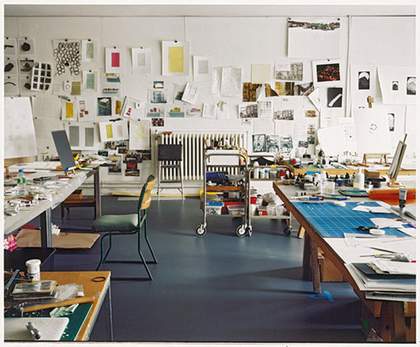Editors’ note
When André Breton made his speech at the notorious First International Surrealist Exhibition in London in 1936, he did so, as Bill Brandt’s photograph tells us, standing next to Roland Penrose’s sculpture The Last Voyage of Captain Cook. The piece is now on display at Tate Modern, but before then it had been on many journeys around the world, from Tokyo to New York to Gloucester. An artist must always relinquish his or her work once it is released into the world – where it starts a life of its own, open to various interpretations, sometimes way beyond its creator’s original intention.
Could Paul Gauguin, for example, have thought that his highly charged paintings done in Brittany, Arles and Tahiti would make him a pioneering modernist? But as Tate Modern’s exhibition claims to show, there is always more to the myths and fables that surrounded Gauguin’s life than his legacy suggests.
Sometimes artworks can create more controversy than expected. Rachel Whiteread could not have anticipated the ‘political machinations and conflict’ that emerged in the making of her much-lauded Holocaust memorial in the Judenplatz in Vienna. However, her drawings and the objects that she collected over the years, including ‘stick guns’ belonging to her eldest son, have, on the whole, had a private life of their own. No doubt this will change when they are put on display at Tate Britain. And as Whiteread says, the pleasure of such objects relates to ‘the projection one puts on them’.
The notion of the public is very much at the forefront of the work of Ai Weiwei, the next artist to take over Tate Modern’s Turbine Hall. Ai is famously known as a user of the microblogging service Twitter. He is followed by thousands and regards this platform, on which he talks on subjects ranging from politics to art, as ‘almost like a school’. Such is its success that it is becoming hard to distinguish between his public activities and his more studio-based art-making in his Chinese homeland. His art has taken on a life of its own. It is a development that Breton could not have imagined, even in his wildest Surreal dreams.
Bice Curiger and Simon Grant


